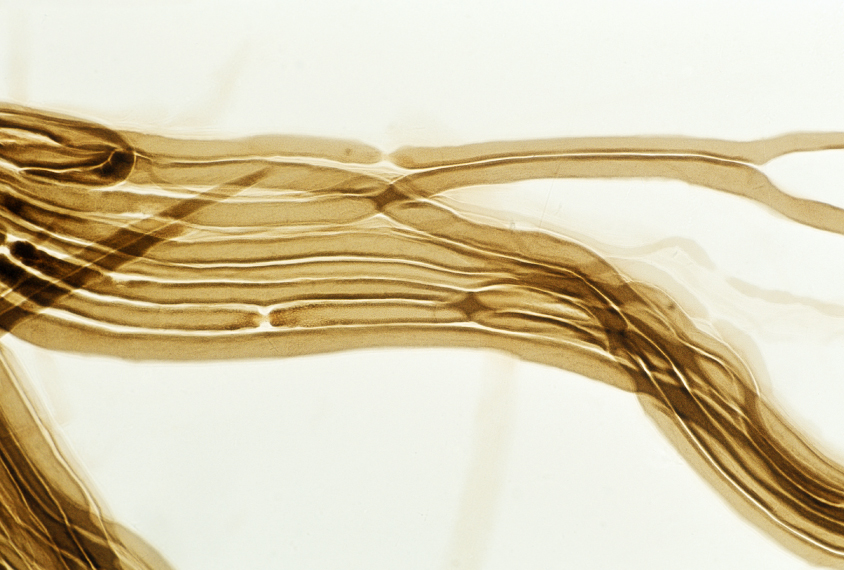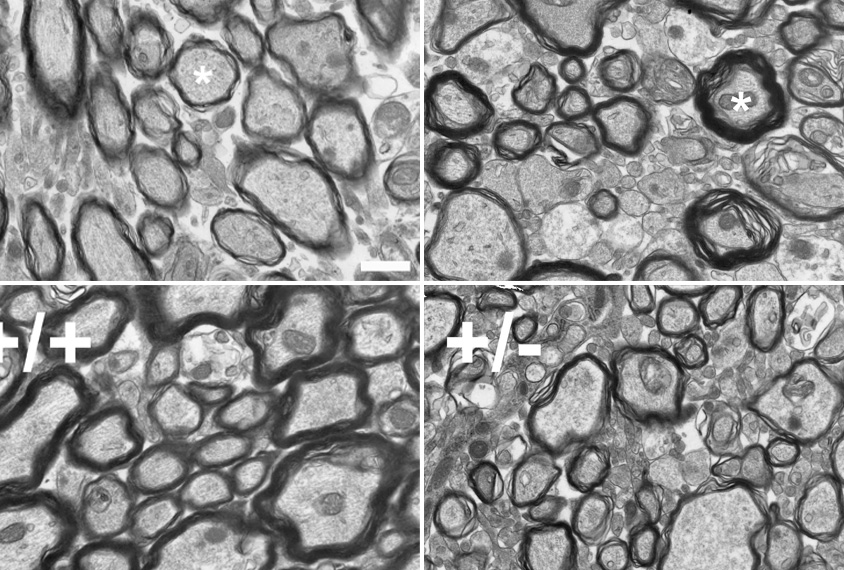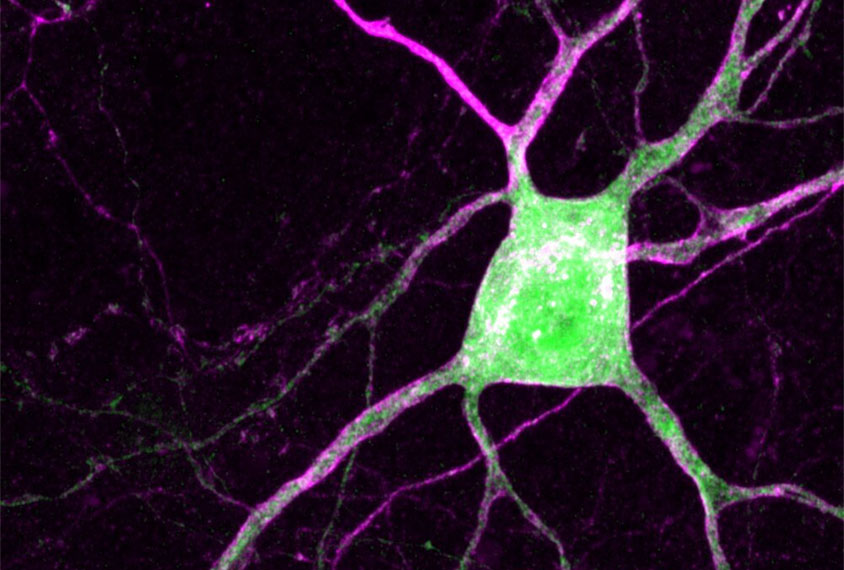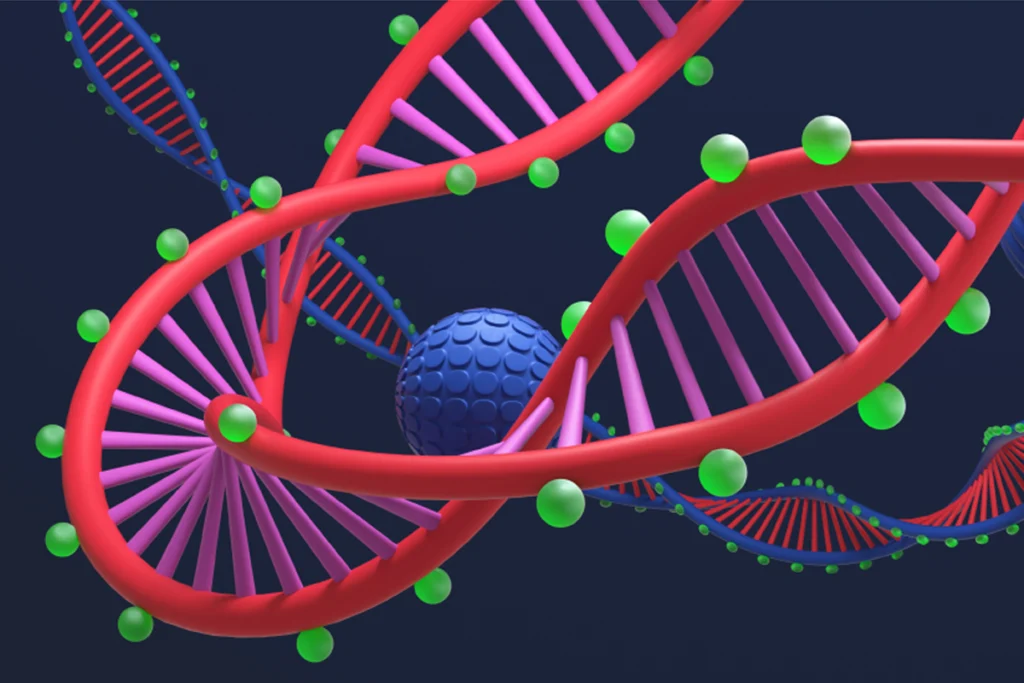Anna Goshua is an editorial intern at Spectrum. Previously, she interned at Medscape. She is a medical student at Stanford University and a journalism student in the Science, Health and Environmental Reporting Program at New York University.

Anna Goshua
Intern
Spectrum
From this contributor
Cluster of traits tied to rare mutations in autism-linked gene
Developmental delay, intellectual disability and behavioral issues are common among people who have mutations in MYT1L, a gene with strong ties to autism.

Cluster of traits tied to rare mutations in autism-linked gene
Pitfalls in using autism claims data: Q&A with Lindsay Shea
Insurance claims data are useful for autism research, but the field needs to standardize how they are mined, Shea says.

Pitfalls in using autism claims data: Q&A with Lindsay Shea
DNA methylation in autism, explained
How chemical tags called methyl groups position themselves on genetic sequences may hint at some of the causes of autism.
Myelin loss may explain how autism-linked DNA deletion affects cognition
Deleting a copy of the gene TBX1 depletes the fatty myelin insulation that surrounds neurons and reduces cognitive speed in mice.

Myelin loss may explain how autism-linked DNA deletion affects cognition
Dispatches from SfN 2021: Mitochondria, Rett therapy and oxytocin
These short reports from Spectrum journalists highlight some of the autism-related findings that caught our attention at the meeting this past week.

Dispatches from SfN 2021: Mitochondria, Rett therapy and oxytocin
Explore more from The Transmitter
The Transmitter’s most-read neuroscience book excerpts of 2025
Books by Nachum Ulanovsky, Nicole Rust, and Andrew Iwaniuk and Georg Striedter made the list of some of the year's most engaging neuroscience titles.

The Transmitter’s most-read neuroscience book excerpts of 2025
Books by Nachum Ulanovsky, Nicole Rust, and Andrew Iwaniuk and Georg Striedter made the list of some of the year's most engaging neuroscience titles.
Neuroscience’s leaders, legacies and rising stars of 2025
Here are seven stories from the past year about some of the field’s most engaging figures.

Neuroscience’s leaders, legacies and rising stars of 2025
Here are seven stories from the past year about some of the field’s most engaging figures.
The Transmitter’s top news articles of 2025
Check out some of our most-read stories, covering neuroscience funding and policy changes in the United States, and methodological issues in high-profile neuroscience papers.

The Transmitter’s top news articles of 2025
Check out some of our most-read stories, covering neuroscience funding and policy changes in the United States, and methodological issues in high-profile neuroscience papers.
